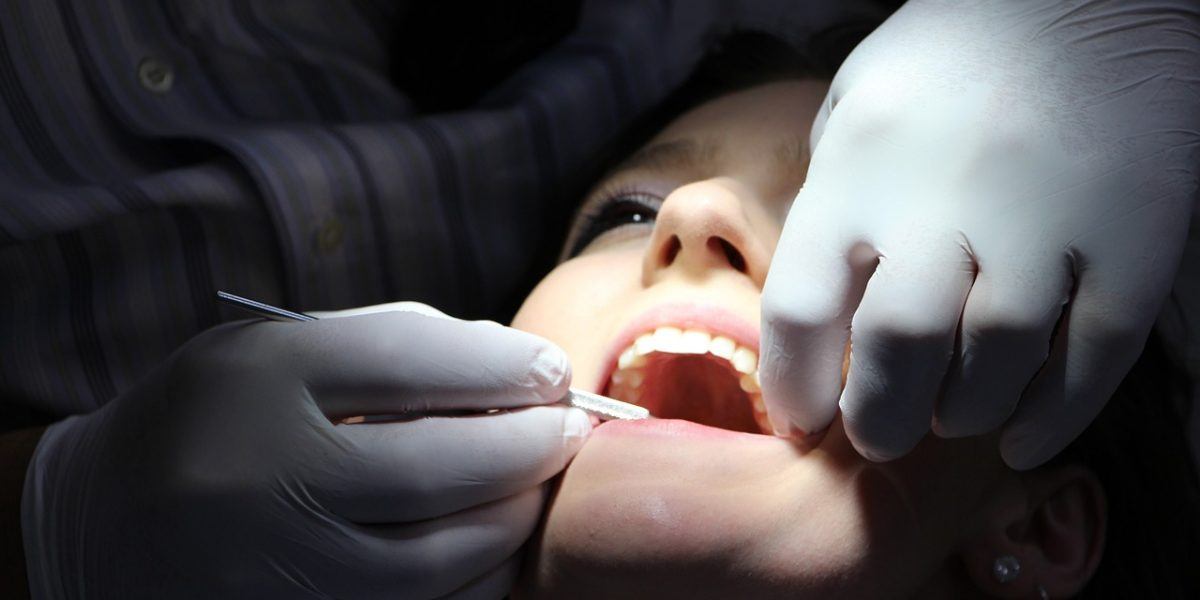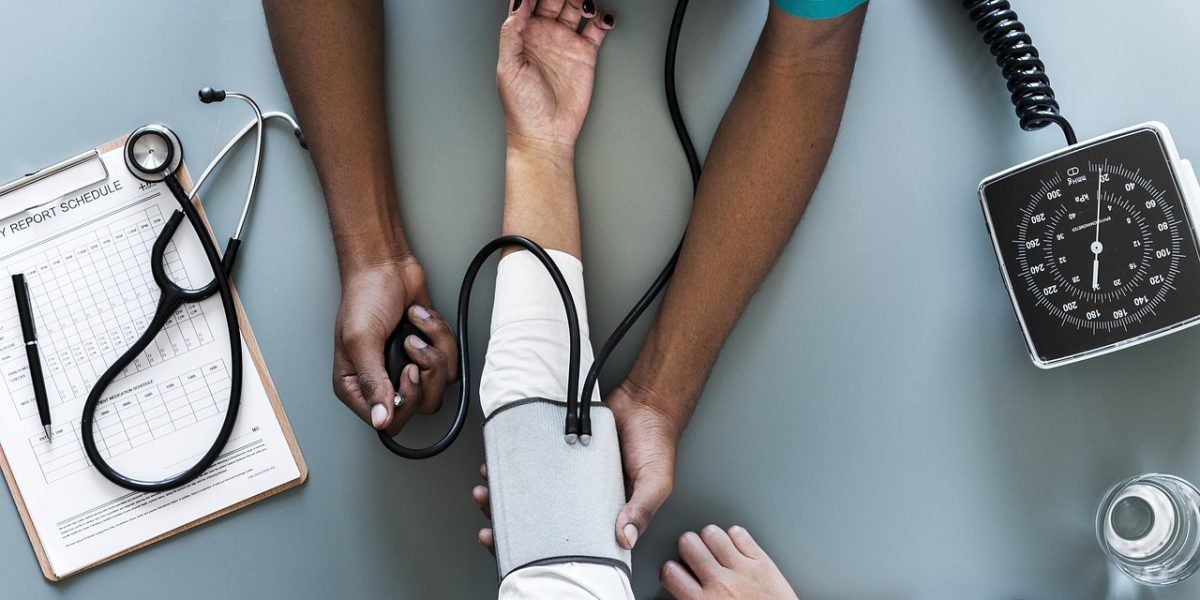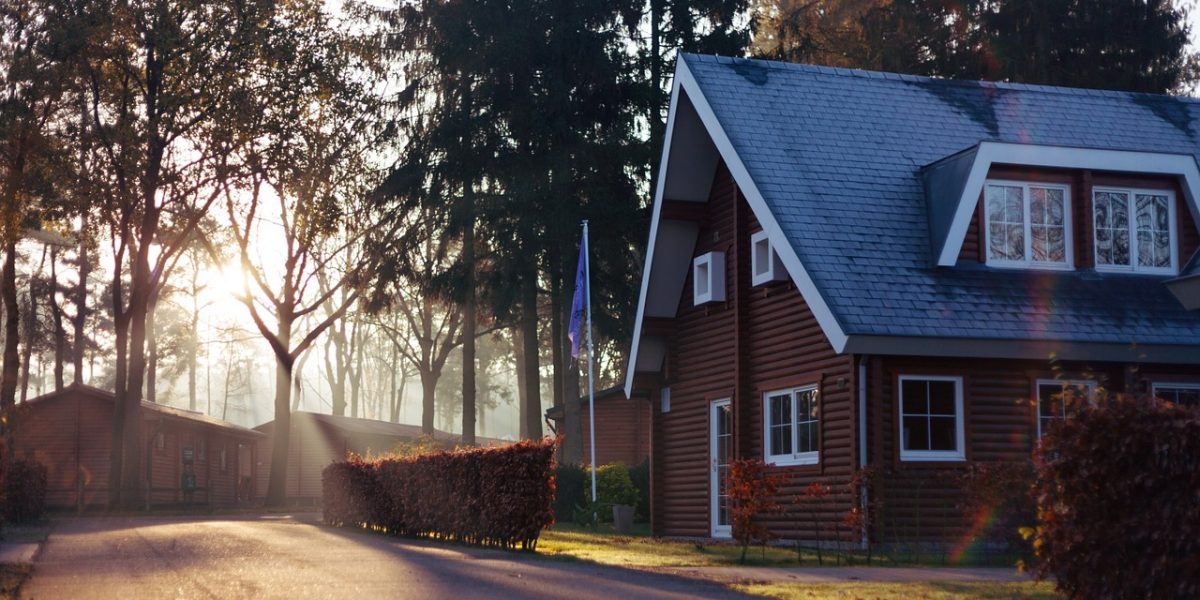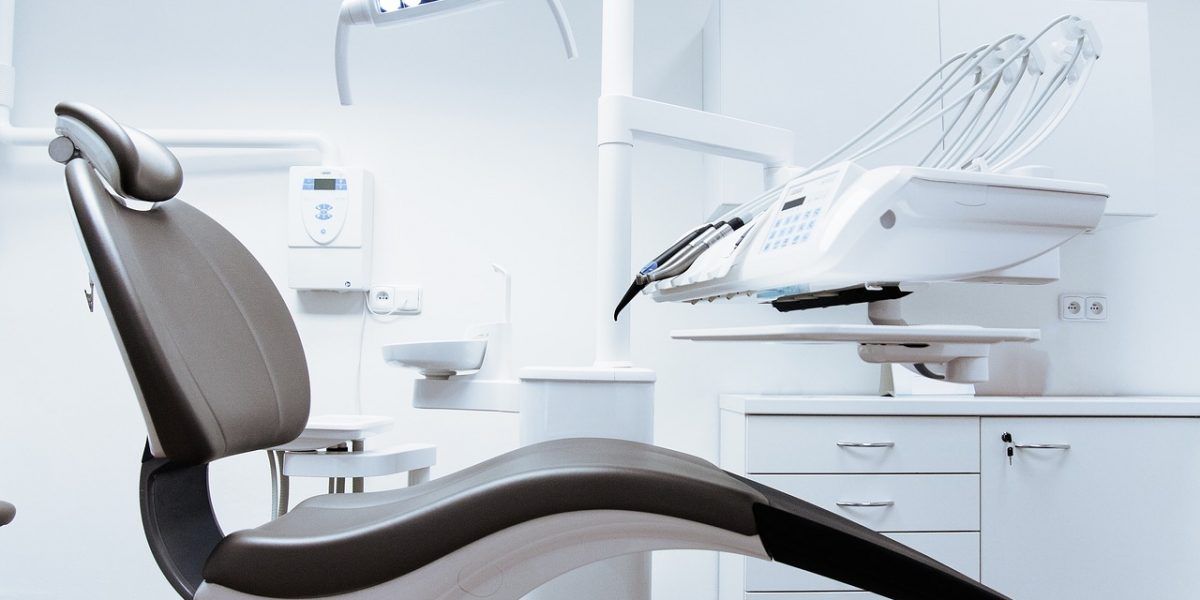Looking to open up a new dental office? Maybe you’re a seasoned professional and this is a new branch to an already flourishing business! Heidan’s got you covered, no matter the case. We know dental offices can be a huge undertaking and that’s why you need experience to handle them properly. We assure you that Heidan Construction’s team of qualified builders and designers will get the job done right. Let’s take a look at the facts!
Experienced and Friendly
One of the most important things when hiring a construction company is hiring for experience and communication. We couldn’t have gotten where we are today without a portfolio of successful builds. And with each new success, we gain more insight and more understanding of what makes a truly fantastic build!
One of the things we’ve learned over nearly twenty years of work is that friendliness truly does matter. We couldn’t have succeeded without forming connections with our clients and listening to their needs. Ensuring that the end product of all of our combined efforts is exactly what our client wanted is the most important part of the process. That’s why we work together with clients to make an efficient, functional, and satisfactory design.
Knowledgeable
What comes along with experience, but that we think deserves to be mentioned by itself, is code knowledge. Building dental and medical offices can be tricky because they’re held to different standards than the average house. Heidan’s team is knowledgeable in the specific codes and building regulations needed to build a dental office successfully. We’ll get your office built and turn-key ready, handling all of the red tape for you.
Dental Needs
We understand that dental offices come with some unique needs. For one thing, this is a workspace that needs to fit machinery and seating while still having room to move around. This is why it’s so important that we understand how to bring functionality into a small space.
There’s more to design than just space, however. Dental offices come with a need for balance in design. For many people, dentist visits are stressful and can cause anxiety. That’s why it’s important to us that your office will be functional and comfortable. Not only should it be designed to remain hygienic and clean, but not to seem overly sterile.
We aim to create a friendly, welcoming space for you, your employees, and your clientele. After all, this building will be representation of your company. As the face of everything you stand for, it needs to be agreeable and easy to work in.
Give us a call or email to let us know you’re interested! We’ll be glad to work with you, creating another successful build and a satisfactory experience.














